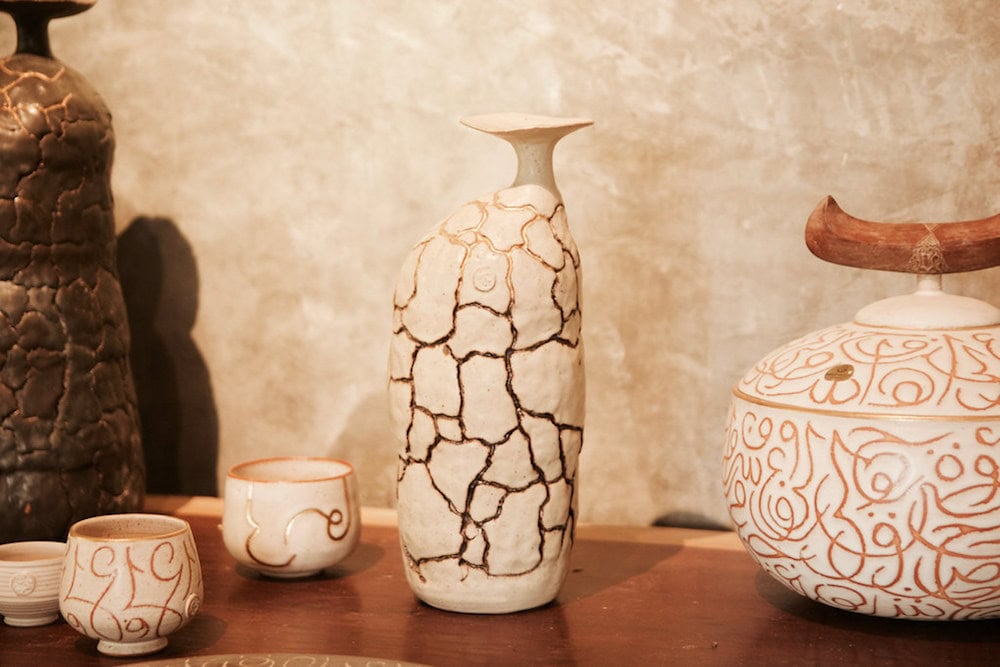
[Image above] Credit: OXLAEY.com, Flickr (CC BY 2.0)
I attended the Chicago Auto Show, America’s largest car show, a short while ago. It’s fun to walk among the latest and greatest the world’s auto and truck makers have to offer. There are the family sedans, the trucks and SUVs of every size, the economy cars, the sporty cars, and more. The stars of the show are the concept cars and the dream cars. Both offer possibility. The concept cars provide glimpses of the future of high performance. The dream cars offer the utmost in performance now, if you have enough money.
But in amongst the 2020 and 2021 models was a collection of Chevrolet Corvettes through the decades, from the classics to today. The Corvette is the longest running American sports car nameplate, having been produced continuously for over 60 years. The 2020 Corvette is winning all sorts of awards and is a dream car that middle class (well, perhaps upper-middle class) people can afford to purchase.

1964 Chevrolet Corvette Stingray. Credit: Jack Snell, Flickr (CC BY-ND 2.0)

2020 Chevrolet Corvette C8. Credit: Syanarion62, Wikimedia (CC BY-SA 4.0)
So which model Corvette is better—one of the classics from the 50s or 60s, or the 2020? Which would you want to own? Of course, the answer is all are great cars. I’d want to own as many as I can afford—or at least drive all of them at some point in my life! Each model builds upon the successes and failures of the previous generation. The 2020 takes the basic concept and design to a whole new level.
In many ways the Journal of the American Ceramic Society is like the car show and the Corvette. JACerS has published the latest and greatest ceramic and glass science research for over 100 years. In its pages are many of the classic, seminal papers that helped launch new eras of materials, processes, and applications. These papers have enduring quality and garner citations years after they were published.
One of those classic papers is “A critical evaluation of indentation techniques for measuring fracture toughness: I, Direct crack measurements” by Anstis et al., published in JACerS in 1981. This article provided the roadmap for using Vickers indentation to measure the fracture properties of ceramics and led to nearly universal use of the technique. But the article also contained specific conditions under which the measurements and analysis were valid, not the least of which is the use of inert environments (e.g., by coating samples with silicone oil).
As it turns out, many of today’s researchers do not follow this requirement, yet they report results. So, as the 2020 Corvette updated the classic models, Robert Cook of NIST wrote a detailed analysis of the use of Vickers indentation in air, updating the Anstis article to modern needs. The article, “A critical evaluation of indentation crack lengths in air,” is the feature article of the April 2020 issue of JACerS.
I don’t profess to be an expert in fracture mechanics. Honestly, I know very little about the subject except to say the ultimate strength of materials, particularly ceramics and glass, are highly dependent on the number, sizes, and types of cracks in the item. Measuring these along with energies required to initiate and propagate cracks, and mechanisms for retarding or deflecting cracks, are critical to understanding the ranges of ceramic uses. And all this depends on the accurate measurements of crack lengths.

Optical image of multiple indentations in GC2 showing the increasing impression size and crack length with increasing load, and the appearance of a lateral crack chip at large load. Credit: Cook, Journal of the American Ceramic Society
In his article, Cook provides a wealth of experimental data, both that which was performed for this study and data published previously by his group and others. The basic tenets of the analysis survey the measurements as functions of conditions to provide linkages to brittleness, fracture mechanics, and toughness of common ceramic materials while analyzing phenomena on multiple length scales. The theory section defines the physical quantities and boundary conditions, including those adjustments required to account for air versus the inert environment.
The measurements of crack lengths vary even under constant conditions, and the distribution of values provides information regarding the physical factors leading to the variability. Thus, Cook developed an empirical probabilistic approach as part of the analysis. The analyses were performed for over 20 materials tested for this study and 10 materials from other studies, with a total of more than 3,500 cracks analyzed. In comparison, the Anstis study analyzed approximately 1,600 cracks for 13 materials.
While the number of cracks measured directly in this study is remarkable, even more striking is that many cracks lacked contrast required for straightforward length measurements. Cook listed several methods for enhancing contrast and provide rudimentary instructions for the scattered bright field method, which he found to be most effective.
The analysis of the crack length versus load data for a wide variety of materials is rich and deep. Perhaps the most important, and perhaps most controversial, outcome of Cook’s study is the development of a parameter called “indentation cracking susceptibility” to enable quantitative evaluation and ranking of brittle materials. Determining this parameter requires measurement of crack lengths over a wide range of indentation loads and no additional measurements. Conducted properly, it is valid for measurements performed in air without calibrations (for accuracy), whereas the measurement of toughness requires inert testing and crack length measurements to be valid.
The “load-averaged cracking susceptibility parameter” is reported to have a relative uncertainty (standard deviation/average) of +/- 0.3 and a max/min ratio of 2. The models developed in Cook’s article showed consistent results not only for the materials tested in this study but also for data previously reported in other studies.

Plot of indentation cracking susceptibility (B) for the 30 materials surveyed. Credit: Cook, Journal of the American Ceramic Society
Cook provides several additional parameters that can be extracted from crack length and crack type information. For example, variability of the length data provides insight into indentation thresholds and material dependent behaviors such as nonequilibrium crack growth, lateral cracking, and microstructural toughening. He recommends that future work should include further analysis of indentation strength.
Indentation crack testing is so prevalent in our industry that it behooves all researchers to understand its possibilities and its limitations. The classic article by Anstis et al. provides the basis with the caveat of inert atmospheres. Cook’s article provides greater understanding of and alignment to the current practice of performing indentation testing in air. As with the Corvettes, you’ll want both articles. Better than the Corvettes, you can actually have both articles.
The Anstis et al. paper, published in Journal of the American Ceramic Society, is “A critical evaluation of indentation techniques for measuring fracture toughness: I, Direct crack measurements” (DOI: 10.1111/j.1151-2916.1981.tb10320.x).
The Cook paper, published in Journal of the American Ceramic Society, is “A critical evaluation of indentation crack lengths in air” (DOI: 10.1111/jace.16925).
Author
Jonathon Foreman
CTT Categories
- Basic Science
Related Posts
‘Fairy circles’ may help mark natural underground hydrogen deposits
September 18, 2025


